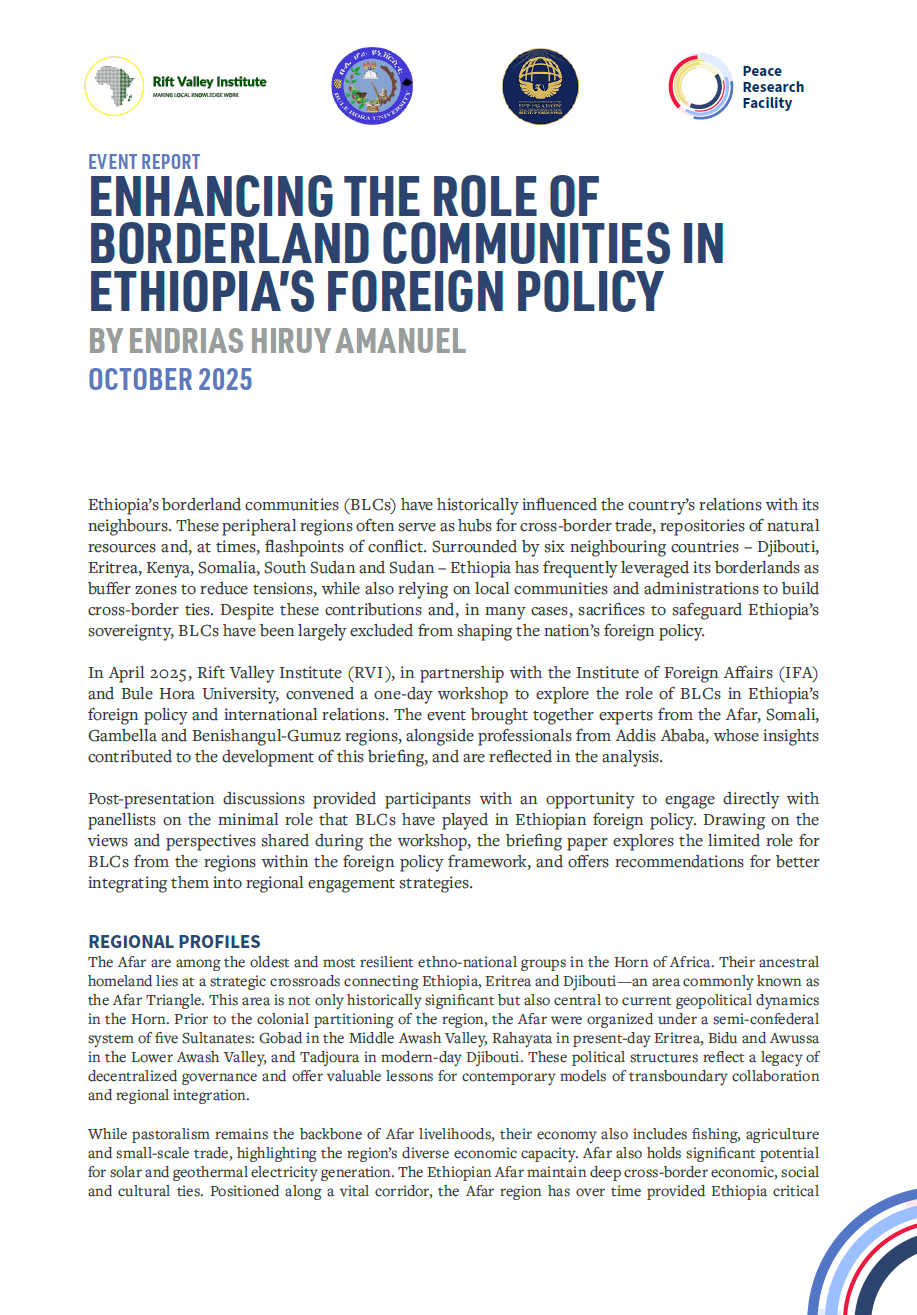This show is brought to you under the South Sudan National Archives Project, supported by Norway and implemented by UNESCO in partnership with RVI, and in collaboration with the Ministry of Culture, Youth and Sports.
The second show of the Tarikh Tana (Our History) series will focus on Justice: for who and by who? We will take the Torit District court books for 1957 and 1959 found in the South Sudan National Archives as the starting point for our discussion.
Court book
By the 1930s, the Southern Sudanese Native Administration system (idara ahliya) was becoming bureaucratic and organised. Government outposts evolved into small towns and provided administrative centres for the hierarchy of courts established under the 1931 Chiefs’ Courts Ordinance. The court book for Torit C Court was one of many court books that recorded the outcomes of cases since the 1930s. These records were short and focused. They included the name, home village, and clan of the convicted person, brief details of the case, and the final sentence of imprisonment and fines.
These court books demonstrate the rise of government power in South Sudan, including the power to imprison people in new prisons. In these court books, we can see examples of punishments for government corruption, and the court’s attempt to punish a political rebel. We can also see how courts were places where values were decided: for example, determining the right punishment for rape or for theft, and deciding the right values of compensation money and prison sentences for accidental death and murder. Courts became spaces for debates about property, rights, and the government’s power to judge and punish.
The two guests were:
Elias Asu Kidia
Director General for Programs and Training, Local Government Board, Republic of South Sudan, Juba
Dr Geri Raimondo Legge
Professor of Law at the University of Juba and former Justice of Court of Appeal in the Judiciary of South Sudan



